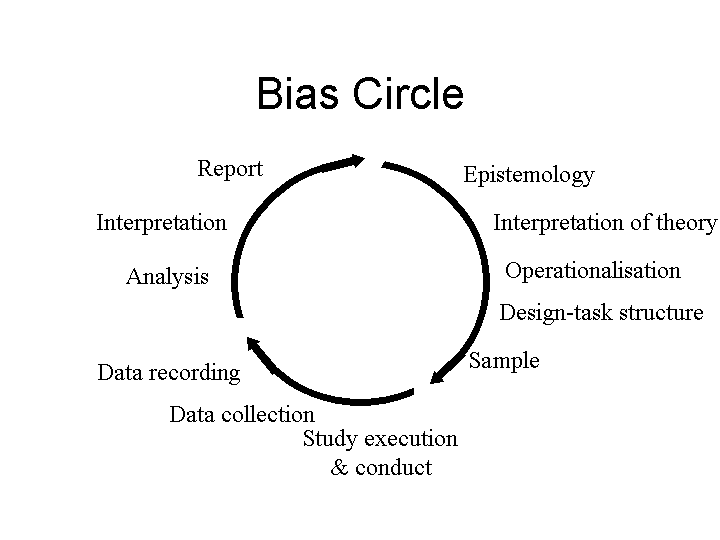
Sometimes it's hard to put one's finger on regional/national art trends when one's living in the thick of same. So I've been wanting to post the following, rather astute, observations from Windsor Biennial curator Lee Rodney for some time now. For me, they really helped peg the standard-bearing idiom in the Canadian scene right now... post-conceptualism.
Here, an interview with Bryne McLaughlin from canadianart.ca, Rodney elaborates:
Detroit is an exceptionally difficult place to read as an outsider and it has taken me the better part of five years to piece together and comprehend the city’s aesthetic tendencies. Conceptualism had no lasting impact and a lot of work is made up from the material history of the region—thus assemblage has become a dominant trend. When you start to understand the history of the region, it makes sense that artists working in the last four decades probably had no time for the abstractions of conceptualism. I can think of no parallel in Canada and I think both external jurors (David Diviney and Mathieu Beauséjour) were a bit perplexed by many of the submissions which seemed like a bad hangover from Abstract Expressionism: Joseph Cornell meets Jackson Pollock.
On the other hand, post-conceptualism is the dominant idiom in contemporary Canadian art and Iain Baxter& has had a major impact on pretty much everyone living and working in Windsor. The two cities are pretty disjointed in this respect and it’s impossible to suggest that there is a common regional approach of any kind. One of the aims of the Windsor Biennial is to get more dialogue going between the two cities. In the future it might be interesting to broaden the scope in terms of the region the Windsor Biennial could represent. Windsor has much in common with cities in the Rust Belt and the economic and cultural issues facing places like Cleveland or Buffalo are very similar. Hamilton is also interesting in this framework even though it is very close to the Greater Toronto Area.
Image of the "bias circle" from the University of Otago
Friday, August 28, 2009
Duly Noted: Canada's Art Biases
Subscribe to:
Post Comments (Atom)

No comments:
Post a Comment